I am up here in Louisville, Colorado, at Maple Court Studios, recording an EP of six cowrites with singer, songwriter and recording artist, Meredith Wilder. This is a home recording studio, created specifically for this session, as we decided we wanted to record, engineer and produce it ourselves, and reached out to our engineer friend, Drake Hardin, to do the mastering. Going into the process, we decided we wanted to produce an album that was as close to our live sound as possible; we also wanted a vocal sound that sounded relatively “live” and unprocessed, and that we wanted to record all of our own leads for the album. Thus far, this means that Meredith and I are recording lead and rhythm guitar parts, often with two different rhythm guitars in the same song to create more complex picking/strumming patterns and musical textures beneath the voice, I am recording leads for two songs on my Oahu lapsteel guitar, and she and I are sharing the vocal leads and harmonies. Both of us are playing and recording on Eastman guitars (Meredith’s is a parlor size and mine is an OM), purchased at Guitar Vista in Albuquerque, New Mexico.
My own reasons for wanting to try this approach are multiple, but stem in part from having worked with male engineers in the past and sometimes finding their approach very “mansplainy,” an experience which ultimately marginalized my own participation in the recording process. Once the engineer brought other male lead musicians into the studio, this dynamic became amplified, where the studio began to feel more like a boys club than a place where I really belonged, even though we were recording my original songs for my album! Additionally, these are skillsets—recording, mic technique, mixing—that we both really wanted to learn, so this felt like a great motivator to put these goals into practice. Our hope is that, by sharing some of the inside details of this experience, folks wanting to replicate all or part of the process will have some of the tools to do so with the thoughts and reflections offered, below.
The Technicalities
Plunging into doing this ourselves has been a whole new world. The first three hours we spent trying to find a recorded sound for the acoustic guitar and vocals we really liked. Mic-wise, we are using two mic’ing devices: a Neumann TLM 103 condenser mic (amazing sound!) for the acoustic guitar, borrowed from a friend, and an MXL-V67 for the vocals—also a condenser mic. Both are also cardioid mics.
After sending some demo. tracks to our friend, Jeremy Barnes, for feeback, we backed the condenser mic off the guitar—recording it close made it sound muddy and covered—and got much closer to the vocal mic to the point that I can now smell the plastic from the pop filter when I sing, i.e. ca. 2” from the mic. This drastically changed the vocal sound in particular; it went from sounding far away and like it was being sung in another room to direct, warm and intimate.
We have a variety of limits/parameters for this session that we hope, in the end, will also be strengths which give the album focus and distinction. First, we are recording on Meredith’s computer using Ableton Live 9 Lite, a recording software program which Meredith has recorded with before, allows us a maximum of eight tracks per song. Second, when and where possible, we’re trying to do “live takes” for entire songs, that is, we are trying to not splice/mix and match takes so that we have a continuous take. Third, we only have two inputs, so we can record a maximum of two tracks at one time. Fourth, the recording interface we’re using has only one headphone jack, which means only one of us can record in the studio at a time and eliminates the ability to sing/record lead vocal tracks/harmonies at the same time in the same space.
The actual studio was Meredith’s closet, with sound-proofing/baffling created with a combination of egg-crate secured with 2x4s and mattresses, blankets and shawls over boxes, etc. One of us was in the studio at a time, and one of us was on the controls and playing the role of engineer at all times, and we alternated in these roles back and forth.
The Technicalities
Plunging into doing this ourselves has been a whole new world. The first three hours we spent trying to find a recorded sound for the acoustic guitar and vocals we really liked. Mic-wise, we are using two mic’ing devices: a Neumann TLM 103 condenser mic (amazing sound!) for the acoustic guitar, borrowed from a friend, and an MXL-V67 for the vocals—also a condenser mic. Both are also cardioid mics.
After sending some demo. tracks to our friend, Jeremy Barnes, for feeback, we backed the condenser mic off the guitar—recording it close made it sound muddy and covered—and got much closer to the vocal mic to the point that I can now smell the plastic from the pop filter when I sing, i.e. ca. 2” from the mic. This drastically changed the vocal sound in particular; it went from sounding far away and like it was being sung in another room to direct, warm and intimate.
We have a variety of limits/parameters for this session that we hope, in the end, will also be strengths which give the album focus and distinction. First, we are recording on Meredith’s computer using Ableton Live 9 Lite, a recording software program which Meredith has recorded with before, allows us a maximum of eight tracks per song. Second, when and where possible, we’re trying to do “live takes” for entire songs, that is, we are trying to not splice/mix and match takes so that we have a continuous take. Third, we only have two inputs, so we can record a maximum of two tracks at one time. Fourth, the recording interface we’re using has only one headphone jack, which means only one of us can record in the studio at a time and eliminates the ability to sing/record lead vocal tracks/harmonies at the same time in the same space.
The actual studio was Meredith’s closet, with sound-proofing/baffling created with a combination of egg-crate secured with 2x4s and mattresses, blankets and shawls over boxes, etc. One of us was in the studio at a time, and one of us was on the controls and playing the role of engineer at all times, and we alternated in these roles back and forth.
To create a sense of focus, purpose and ritual, we did a couple things that ended up feeling effective for us. Some may seem more intuitive than others, but here they are:
Things We’d Do Differently
In the future, we’d really like to be able to record together in the studio, wherever we create it, which means we need an interface with two headphone inputs rather than one. We think that using inner ear buds would also be more useful than headphones that cover our entire ears. We would also need two vocal mics—ideally the same type—so that we could achieve an equally high quality and internally consistent sound for both voices.
Reflection
One of my biggest takeaways from this experience is that the studio is more a frame of mind than a designated physical place that you pay to record in. This is, of course, also true for ethnography and the “field,” where the field—how closely and critically we pay attention to the conversations, interactions, smells, tastes, experiences that circle around us—is a frame of mind rather than a bounded place where we go to do “research.” The field and the studio are equally about attention, intention, present-mindedness and paying attention on purpose to what’s in our field of vision and hearing for a specific purpose. In the case of fieldwork, we pay attention in order to document and later write about these experiences in a way that humanizes our subjects and the communities we’ve interacted with. In the case of recording, we pay exquisite attention to sound—sound quality, vocal presence, warmth, overtones, flubs, energy exuded, intangibles like mood, affect and emotion conveyed—in order to capture what we feel is the most fully alive version of the song we’ve crafted in order to connect with a broader listening audience.
So, in the end, it felt like this studio experience was every bit as focused and present—if not more so—than the time I spent recording previous albums, where I paid for professional studio time and recorded in a designated space called a studio. Because Meredith and I have written and played together now for a number of years, we were also able to be brutally honest with each other during the recording process, for example telling each other if something we recorded was flat or sharp, or if we thought we had a better “take” in us than the one we’d just done. Although there was certainly extra time spent learning about mic placement and how to use Ableton, it felt like this was offset by the focus, energy and intent we brought each other, and by the empowerment of knowing we’d done it all ourselves. The next steps now are mixing and mastering, and then sending it off for reproduction to be ready in time for our release show, to be held on March 30th in Albuquerque. I’ll try to keep you all appraised on the next leg of our journey!
- We purchased lots of food, so we didn’t have to leave the house for three plus days and could simply record, take breaks to eat and walk our dogs, and return to recording.
- In the spirit of “community first, songs second,” something we also emphasize at the “Songs from the Rez” Songwriting Retreat, we had a pretty significant hang out time where we could simply catch up and be in tune with each other’s lives, before we even began the recording process.
- We eliminated external distractions and told partners and friends that we’d be in the studio for four full days so that we could really focus on the recording process.
- We lit a candle in the studio each time we were beginning a new session and blew it out when we completed that session/took a break. We also designated an “engineer’s hat,” and brought a humidifier into the recording room to help maintain humidity for our voices and our guitars.
- We documented the process photographically as best we could, including a more formal photo and video shoot by the fireside at the very end of the recording process, to capture the mood/energy and spirit of the session and because the title track, “Elemental,” was inspired by that same fireplace and thematically centers around it.
Things We’d Do Differently
In the future, we’d really like to be able to record together in the studio, wherever we create it, which means we need an interface with two headphone inputs rather than one. We think that using inner ear buds would also be more useful than headphones that cover our entire ears. We would also need two vocal mics—ideally the same type—so that we could achieve an equally high quality and internally consistent sound for both voices.
Reflection
One of my biggest takeaways from this experience is that the studio is more a frame of mind than a designated physical place that you pay to record in. This is, of course, also true for ethnography and the “field,” where the field—how closely and critically we pay attention to the conversations, interactions, smells, tastes, experiences that circle around us—is a frame of mind rather than a bounded place where we go to do “research.” The field and the studio are equally about attention, intention, present-mindedness and paying attention on purpose to what’s in our field of vision and hearing for a specific purpose. In the case of fieldwork, we pay attention in order to document and later write about these experiences in a way that humanizes our subjects and the communities we’ve interacted with. In the case of recording, we pay exquisite attention to sound—sound quality, vocal presence, warmth, overtones, flubs, energy exuded, intangibles like mood, affect and emotion conveyed—in order to capture what we feel is the most fully alive version of the song we’ve crafted in order to connect with a broader listening audience.
So, in the end, it felt like this studio experience was every bit as focused and present—if not more so—than the time I spent recording previous albums, where I paid for professional studio time and recorded in a designated space called a studio. Because Meredith and I have written and played together now for a number of years, we were also able to be brutally honest with each other during the recording process, for example telling each other if something we recorded was flat or sharp, or if we thought we had a better “take” in us than the one we’d just done. Although there was certainly extra time spent learning about mic placement and how to use Ableton, it felt like this was offset by the focus, energy and intent we brought each other, and by the empowerment of knowing we’d done it all ourselves. The next steps now are mixing and mastering, and then sending it off for reproduction to be ready in time for our release show, to be held on March 30th in Albuquerque. I’ll try to keep you all appraised on the next leg of our journey!
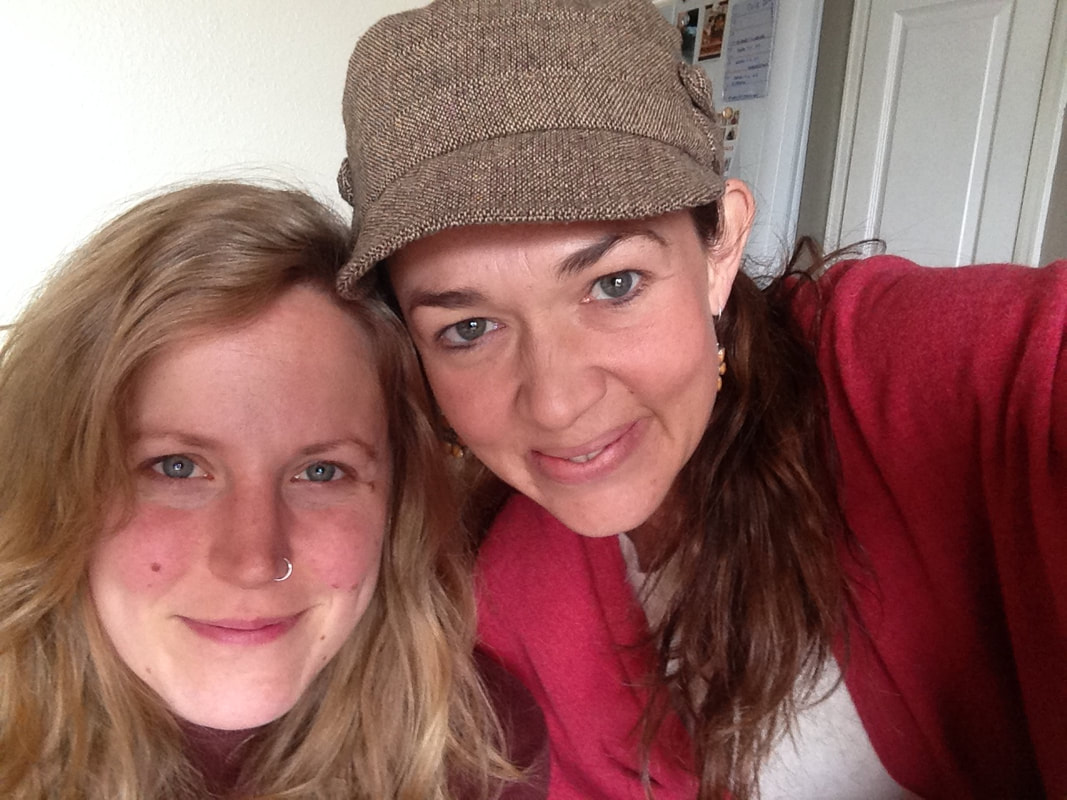
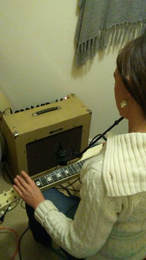
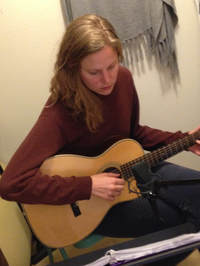
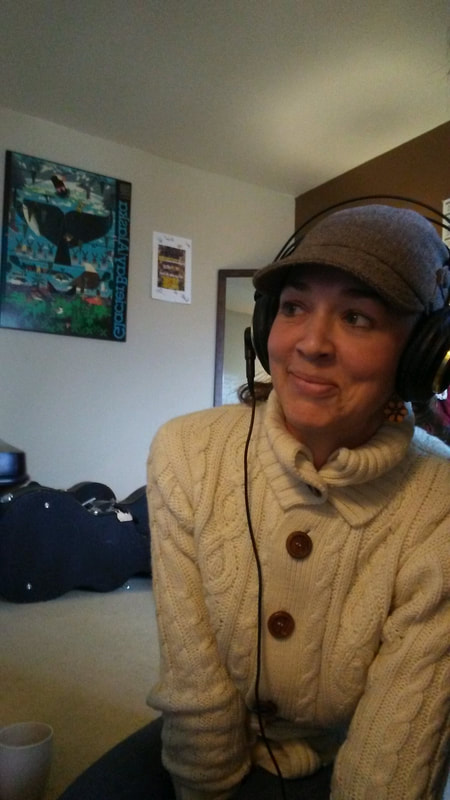
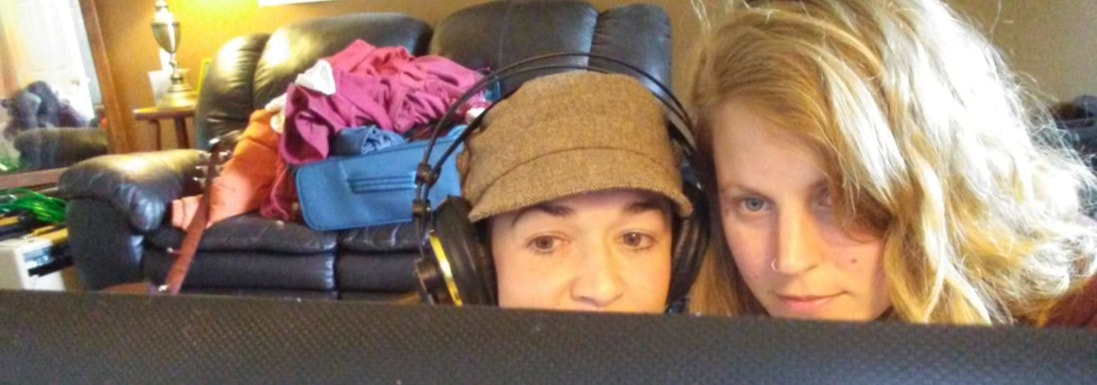
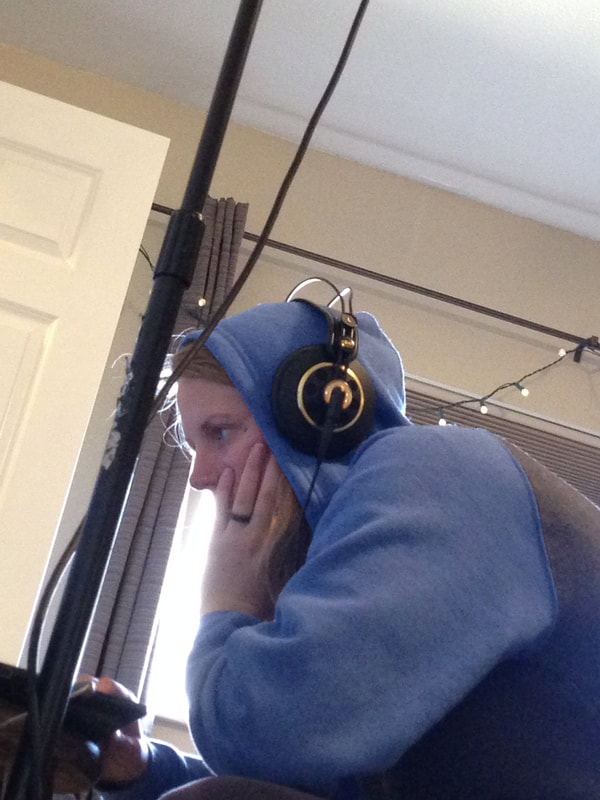
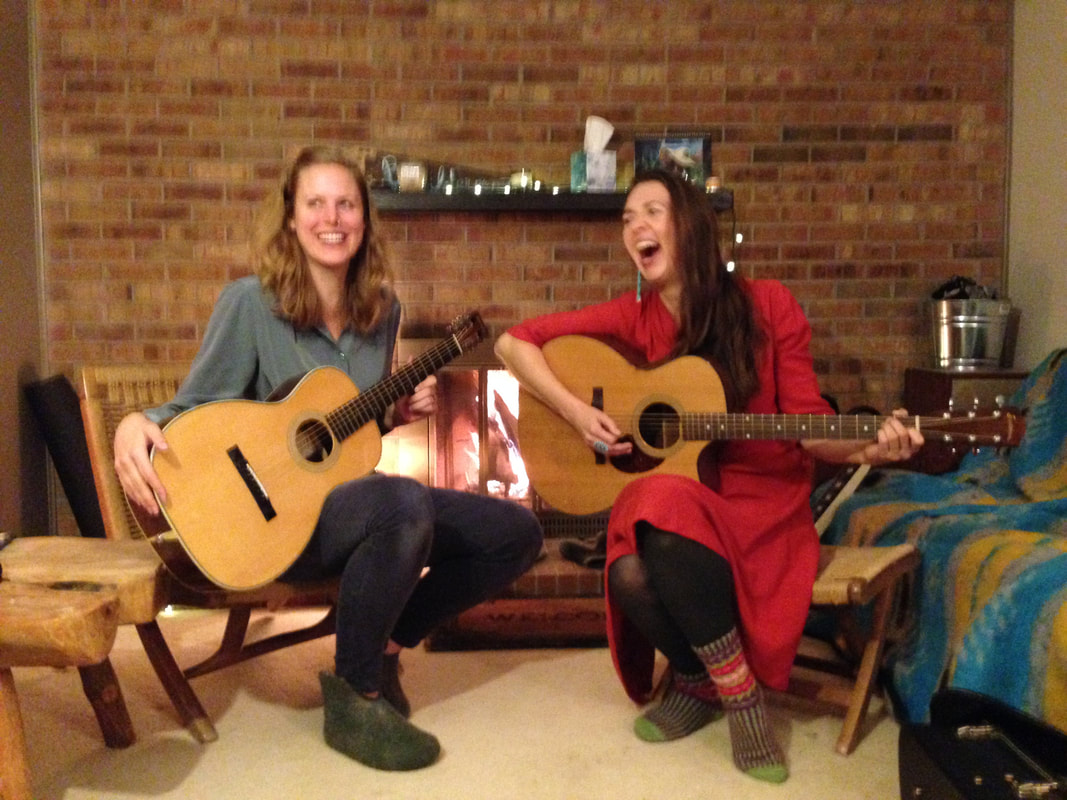
 RSS Feed
RSS Feed
